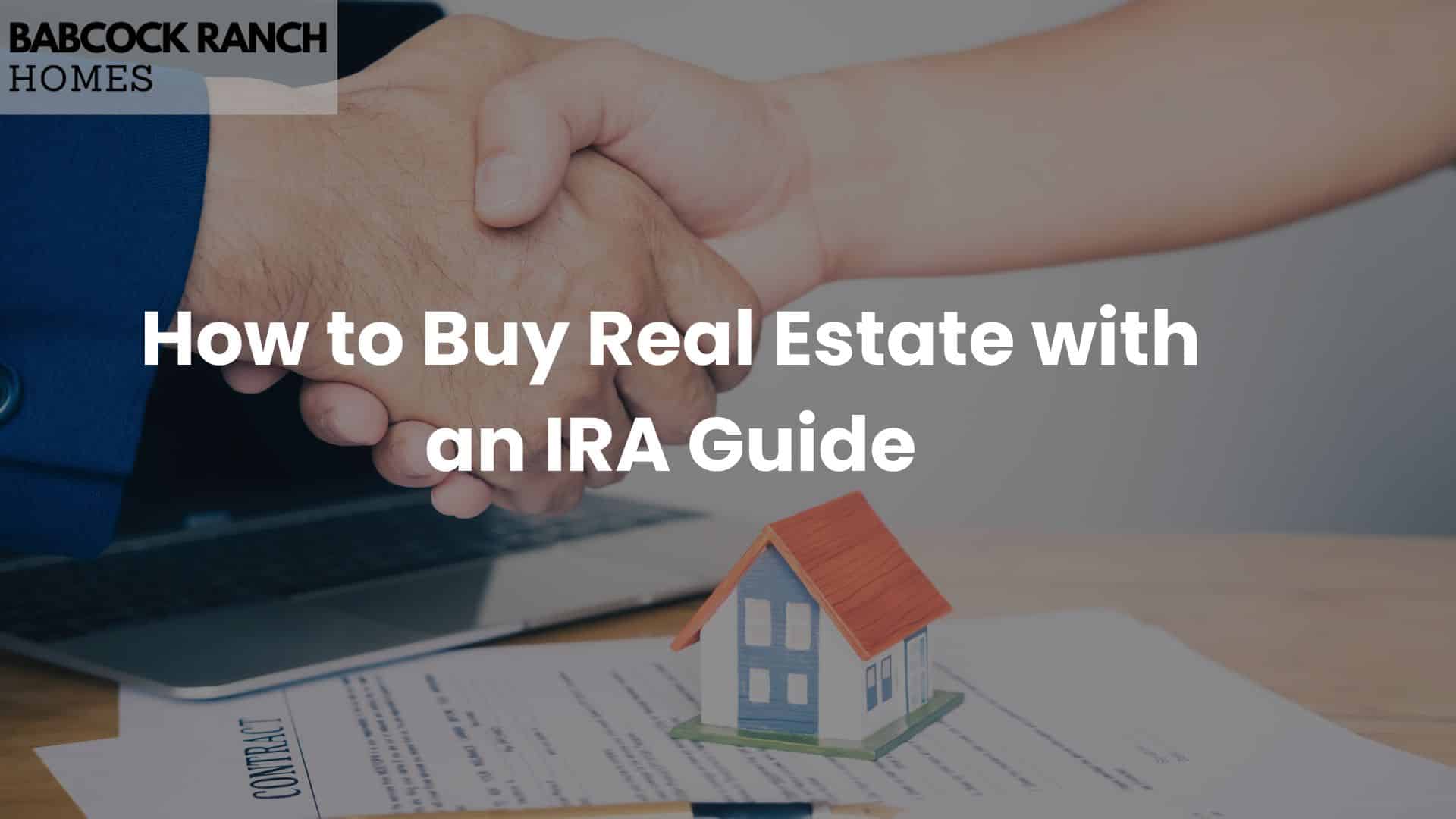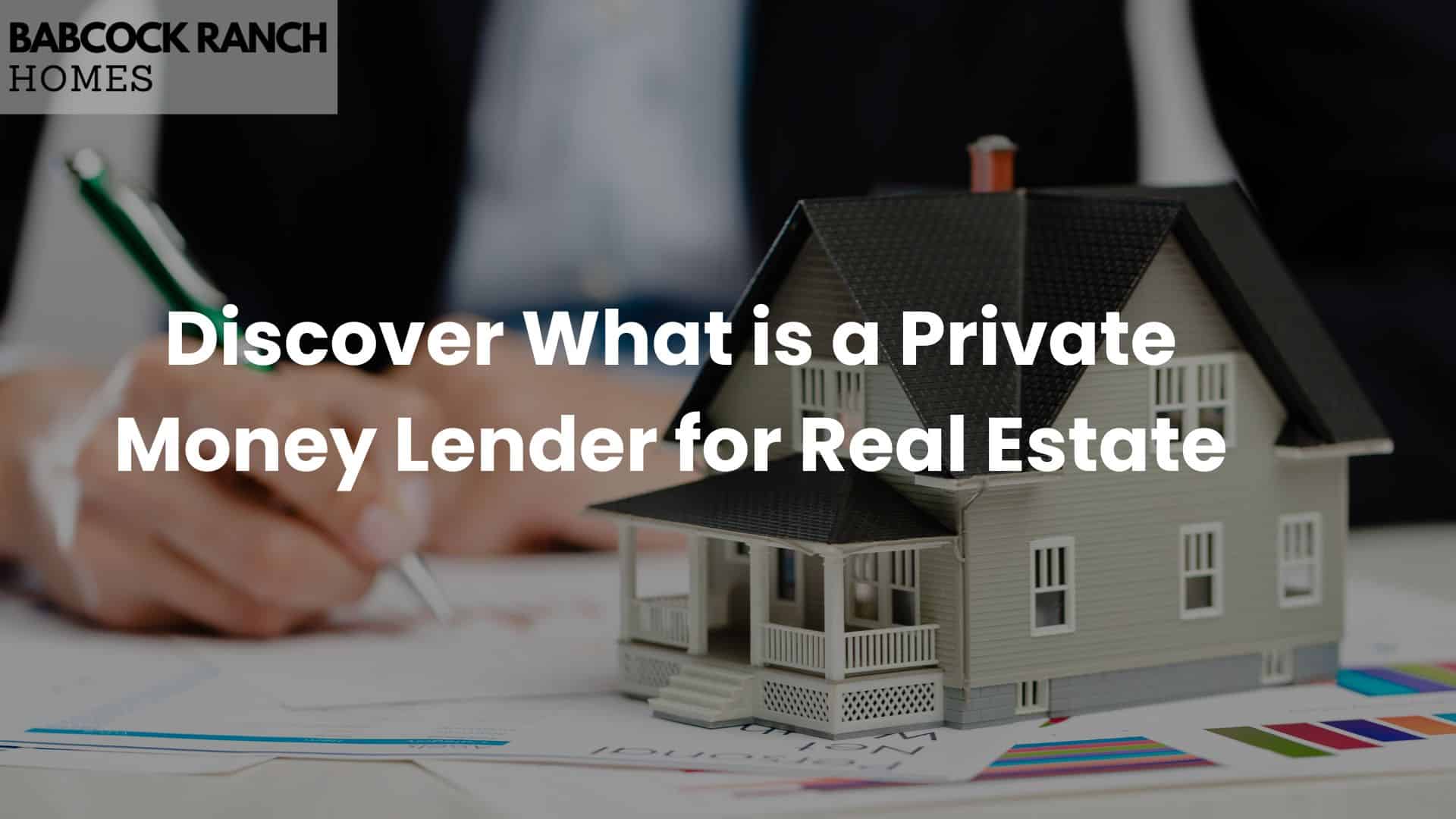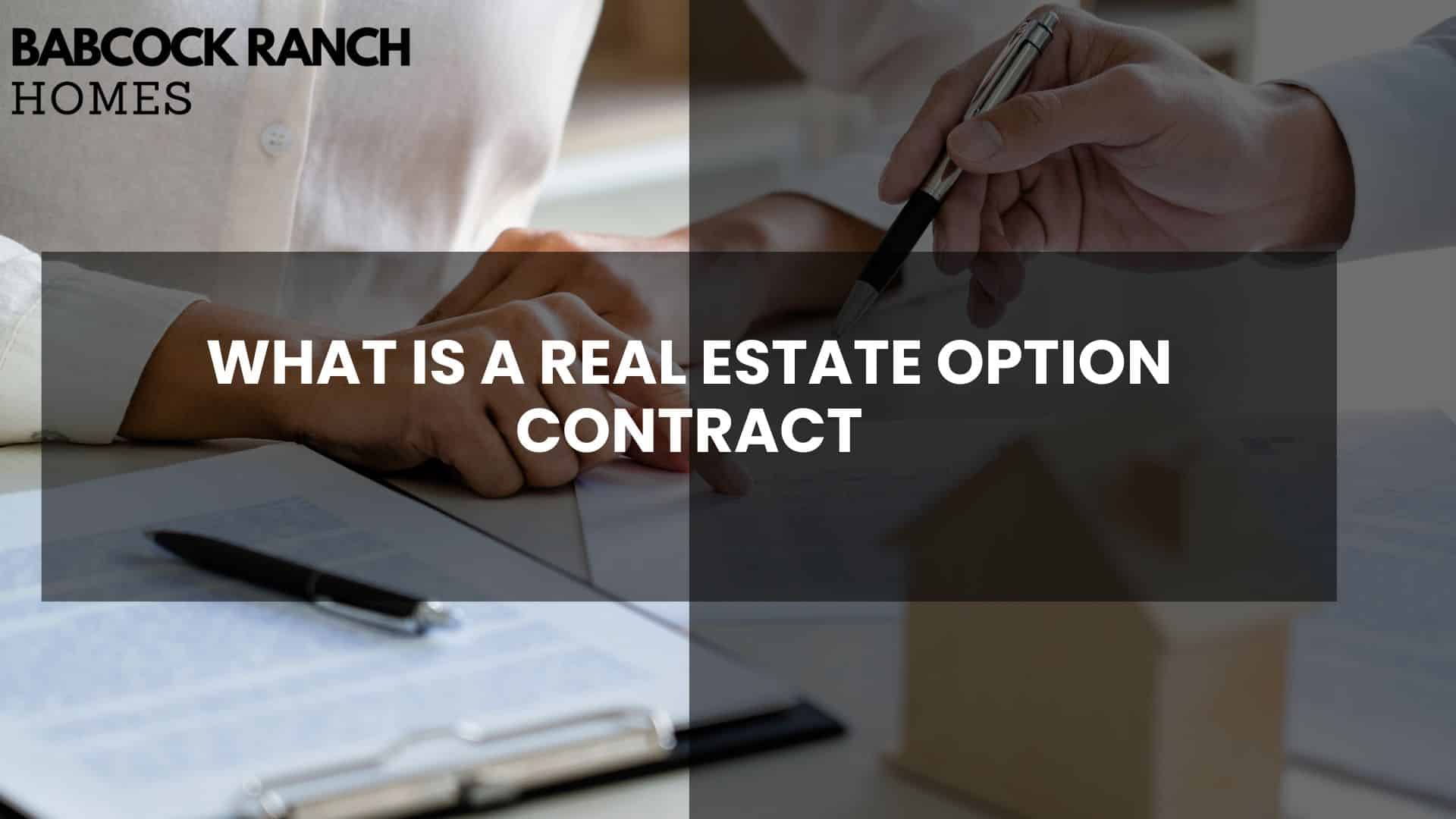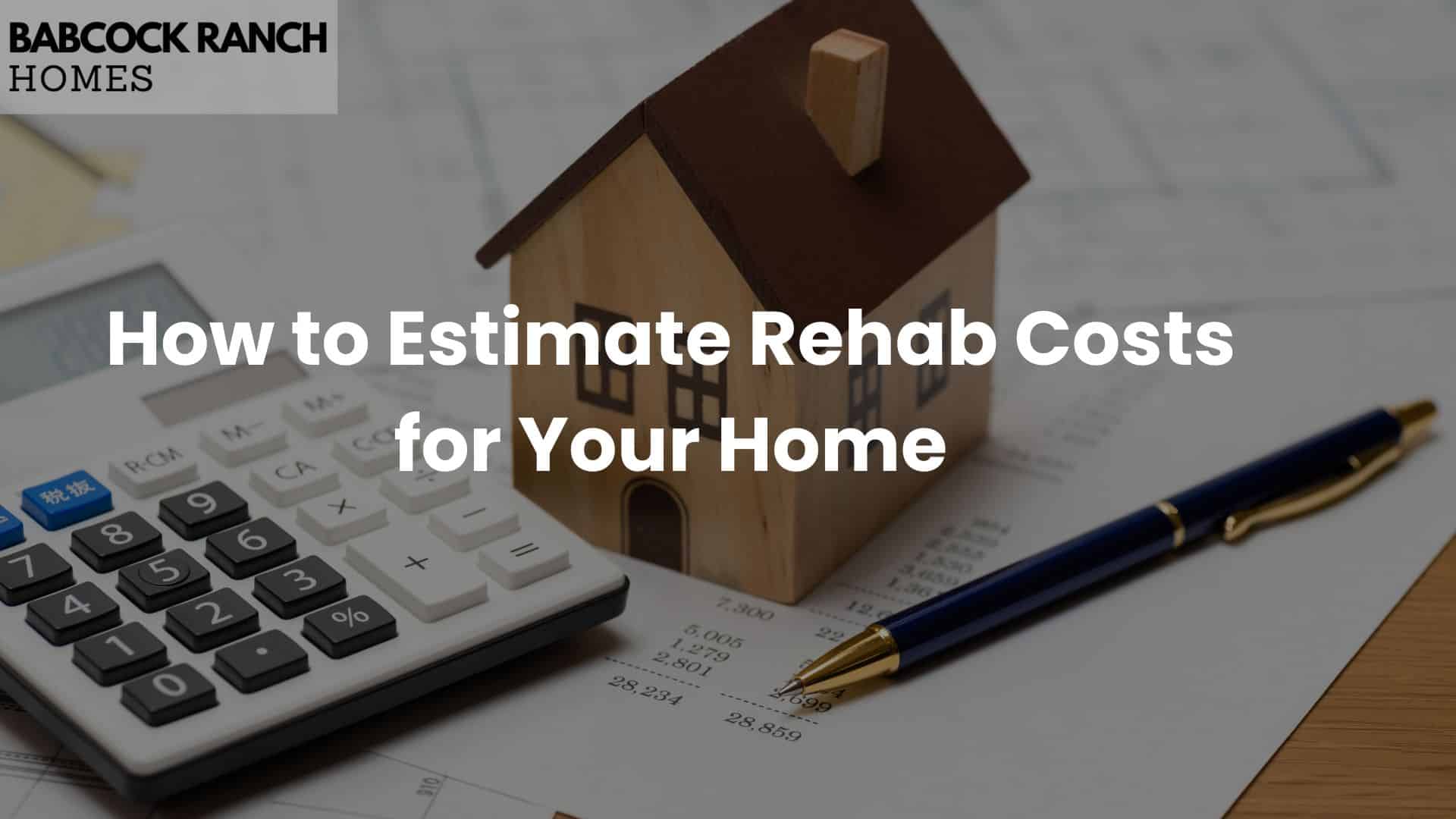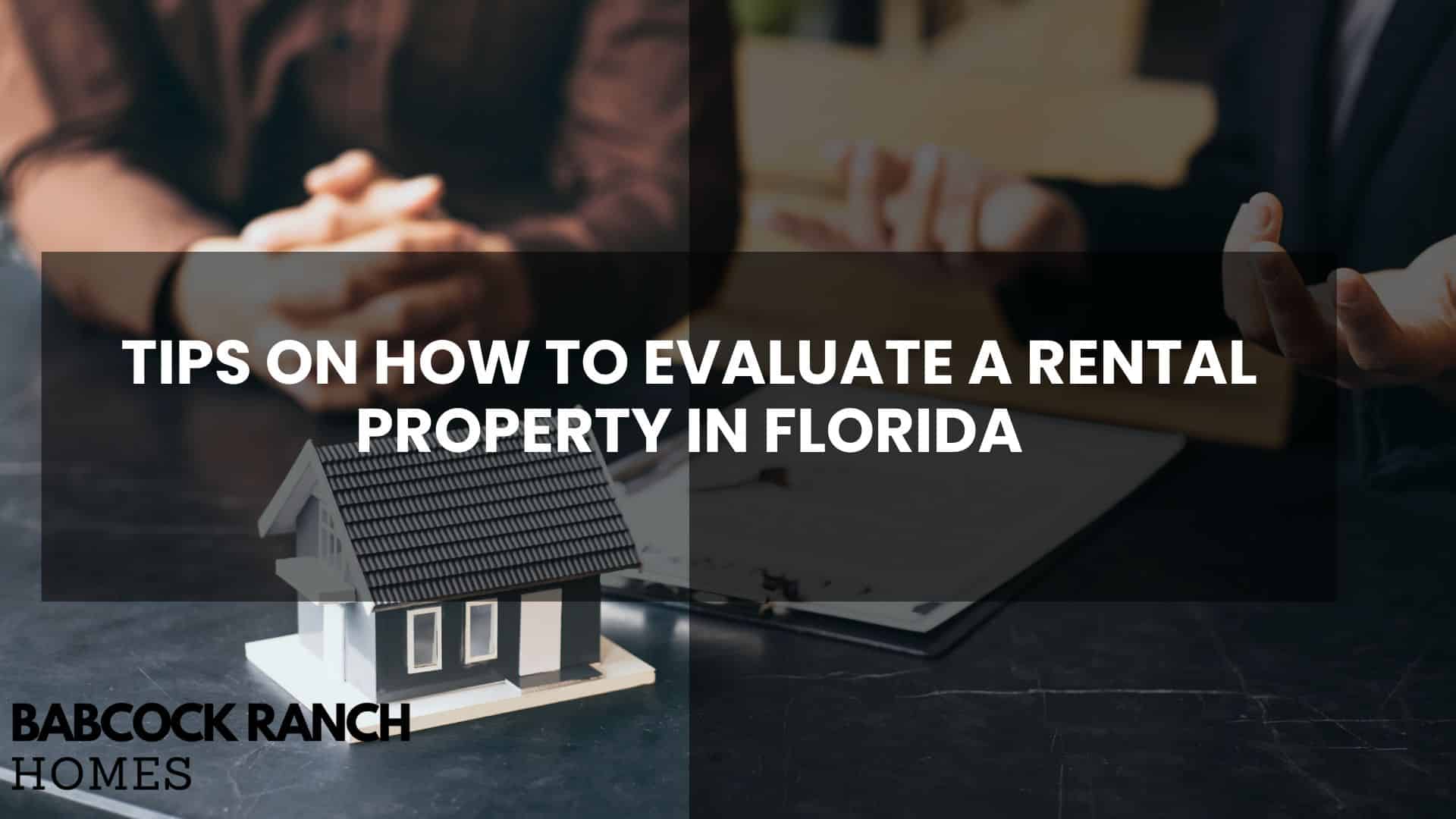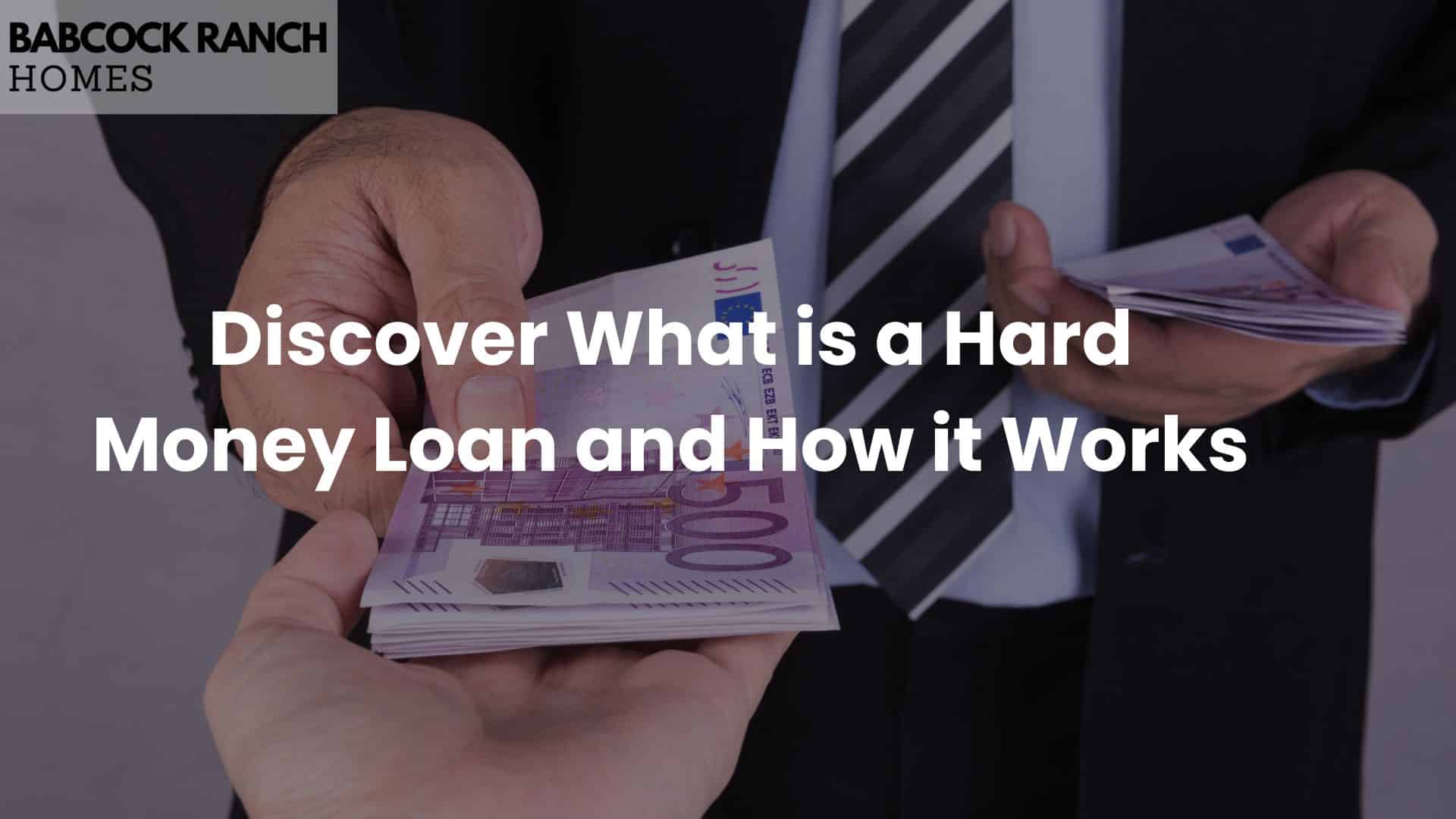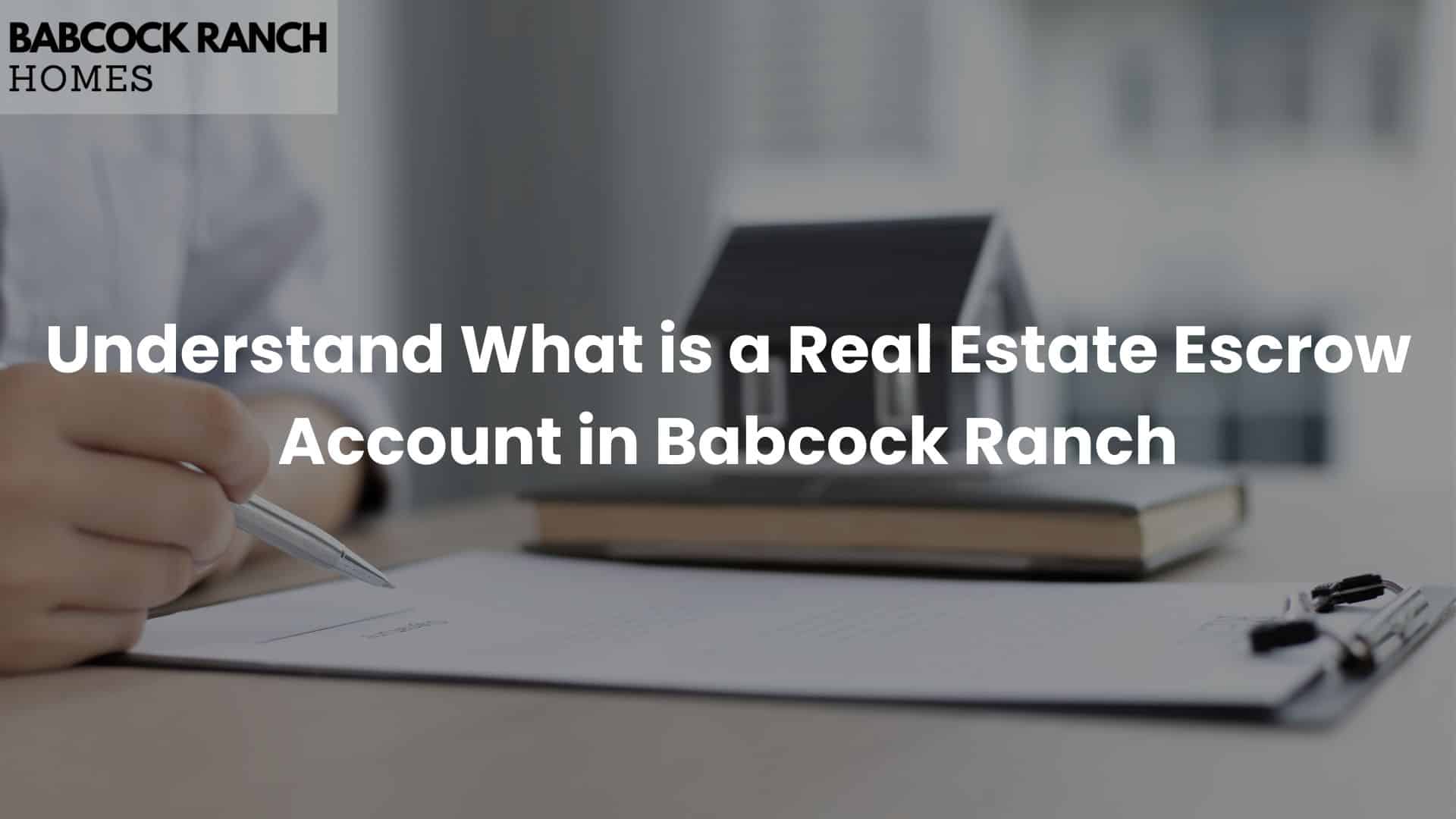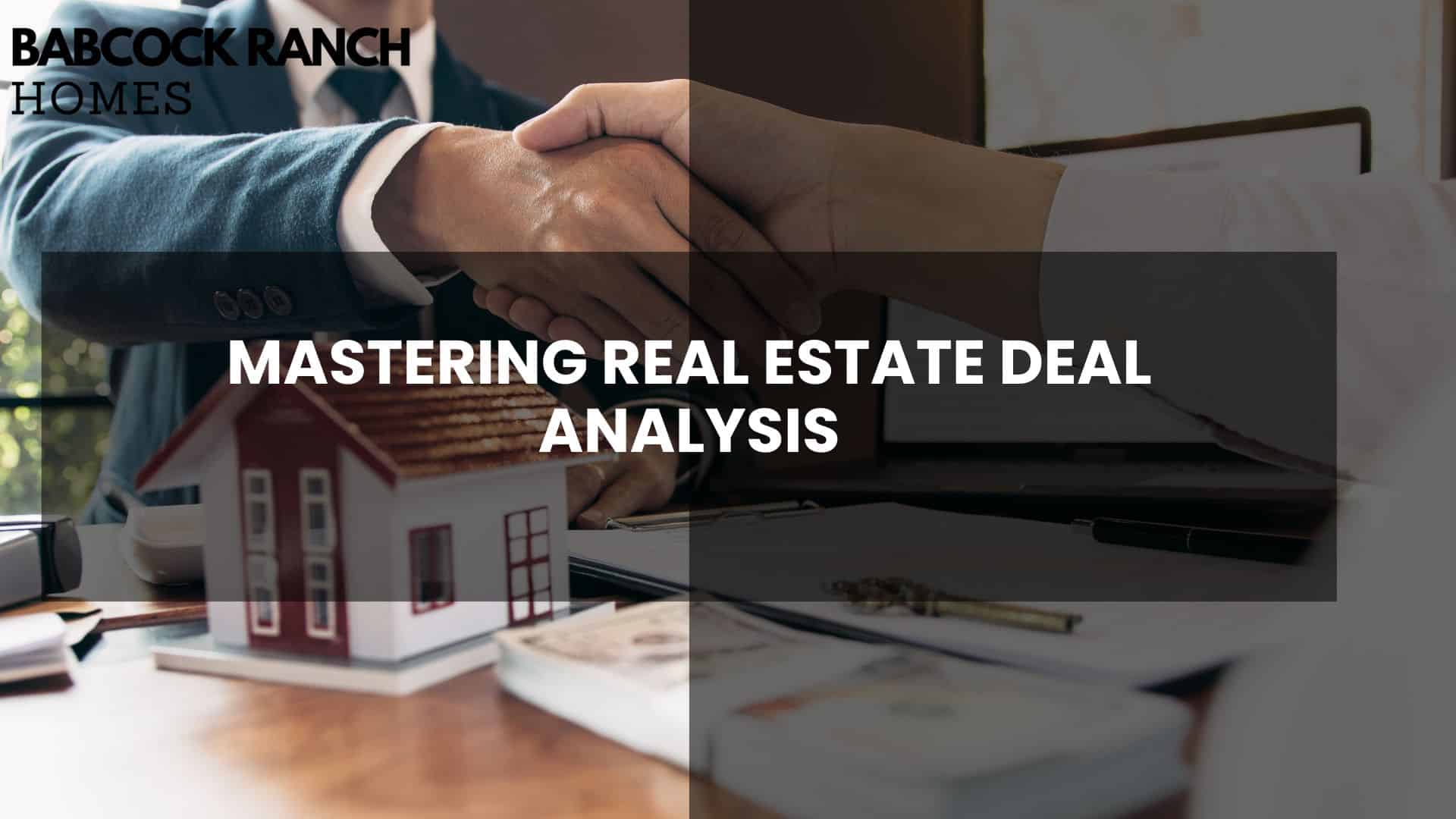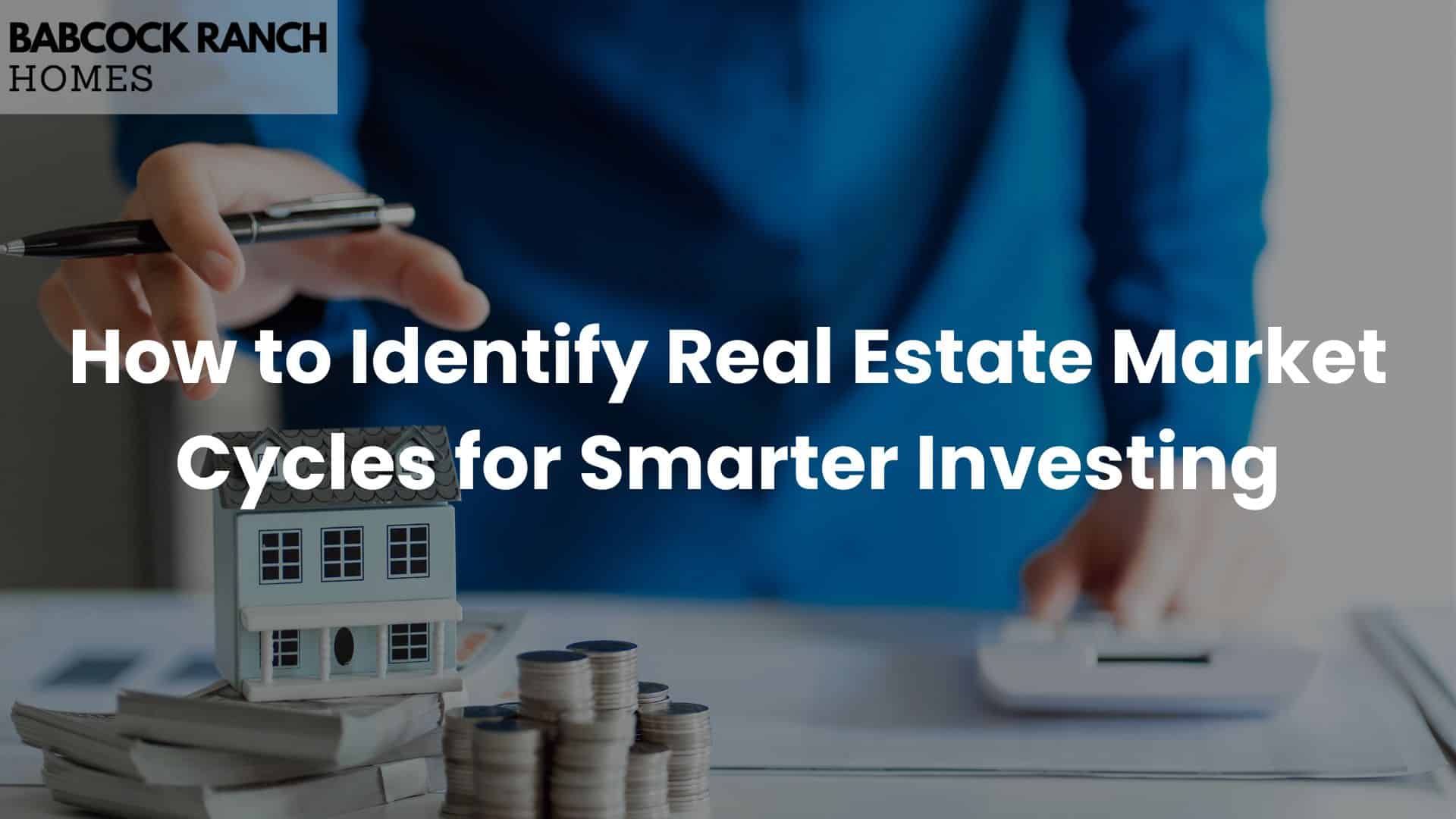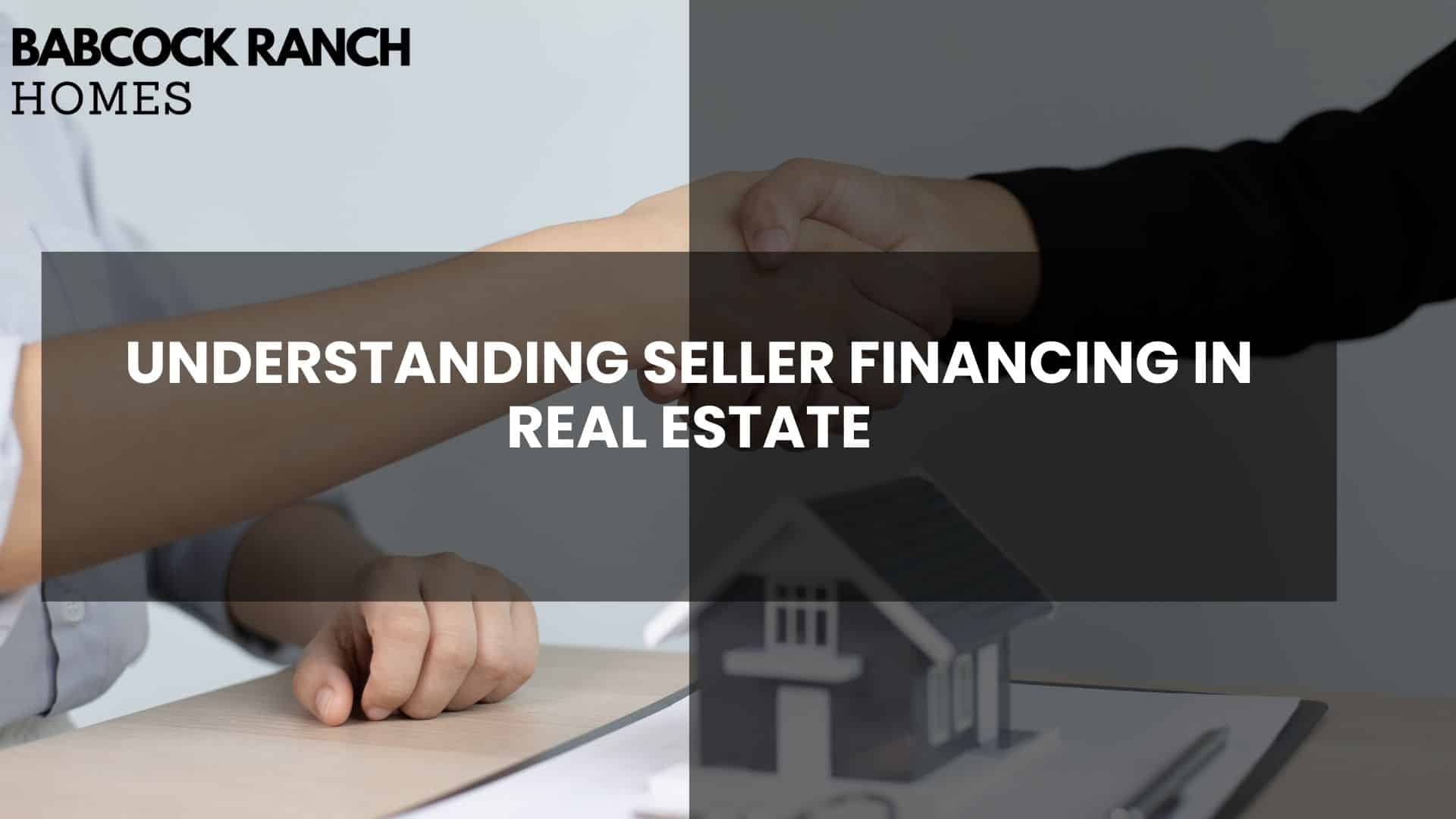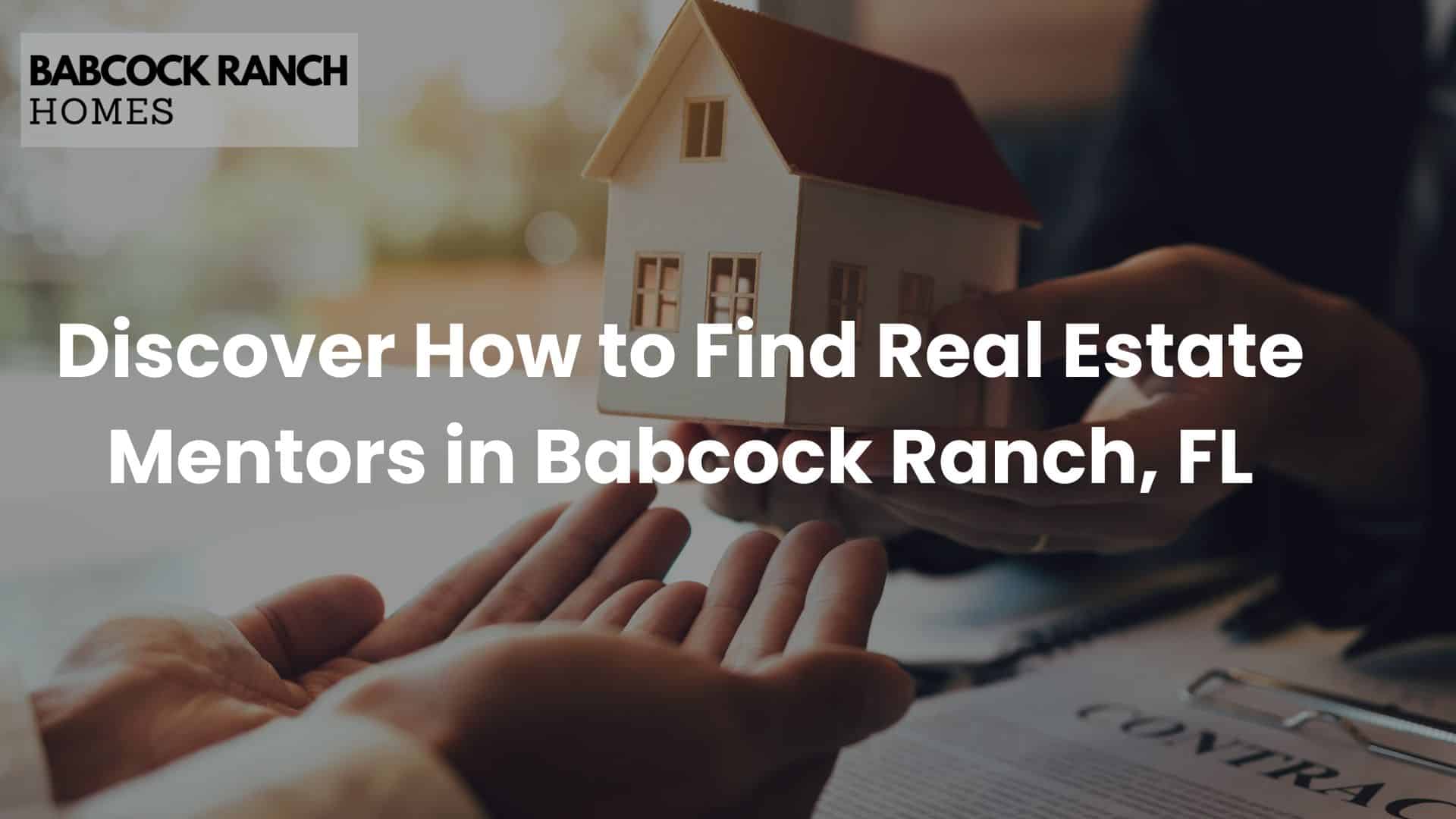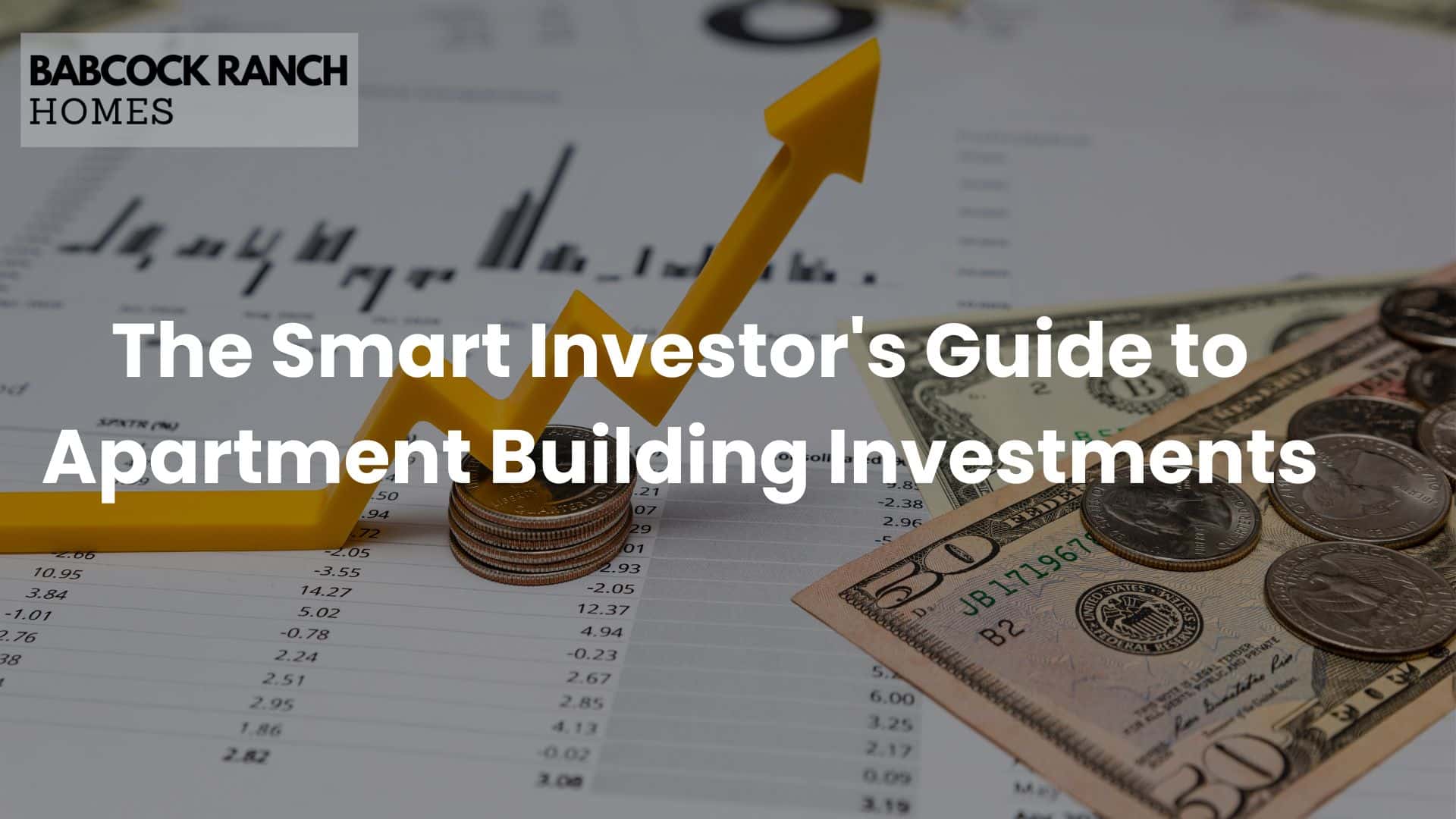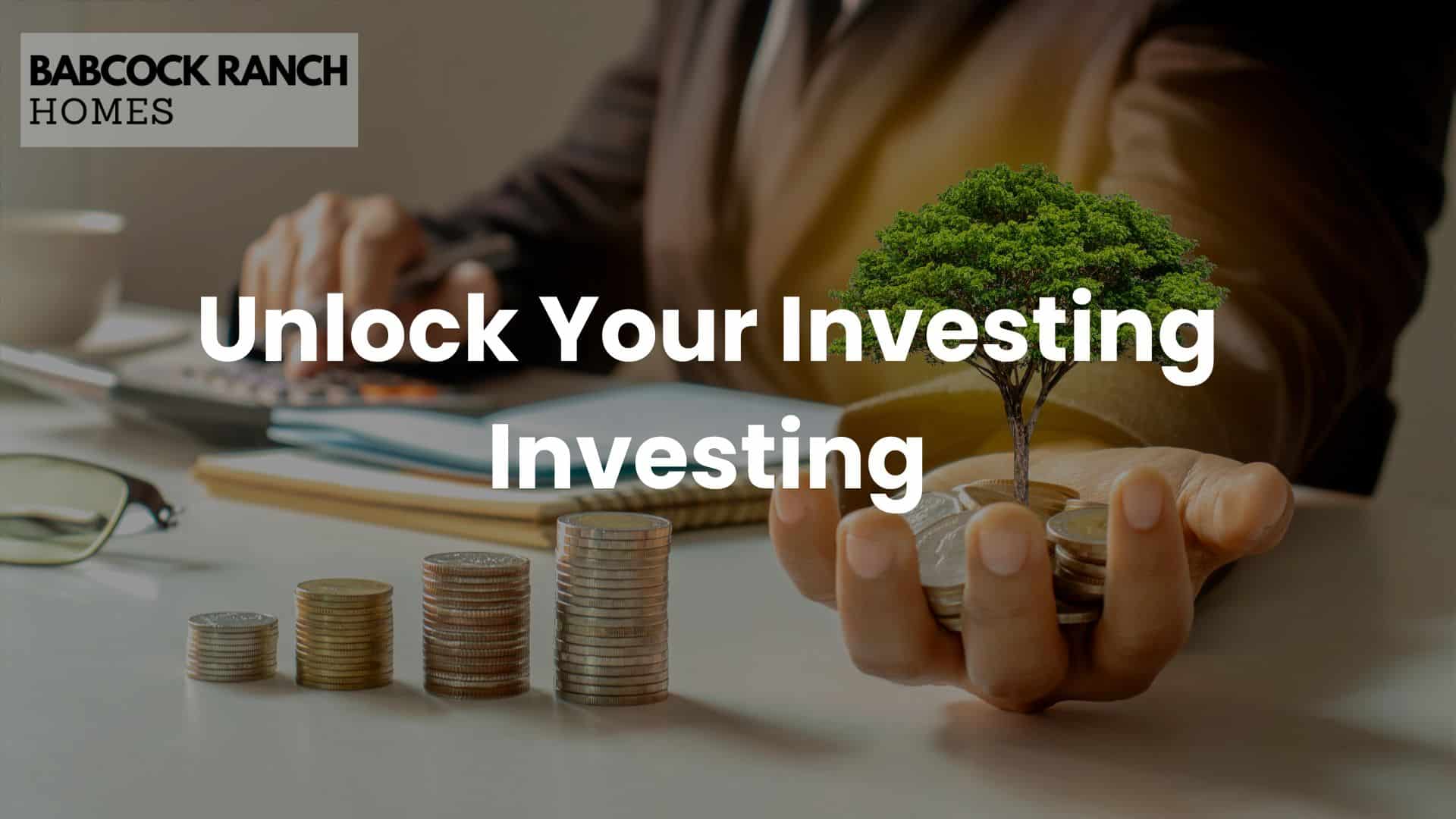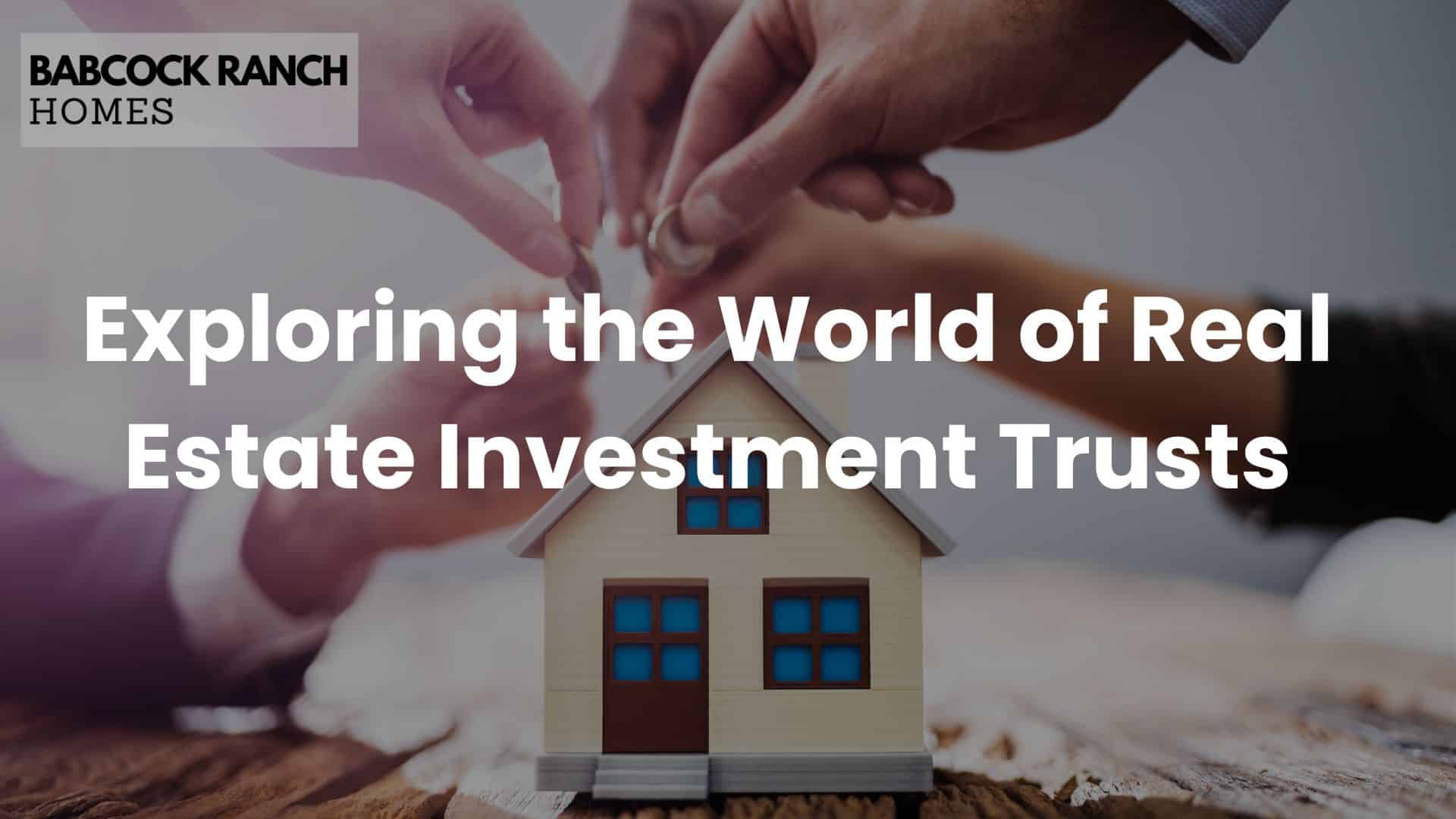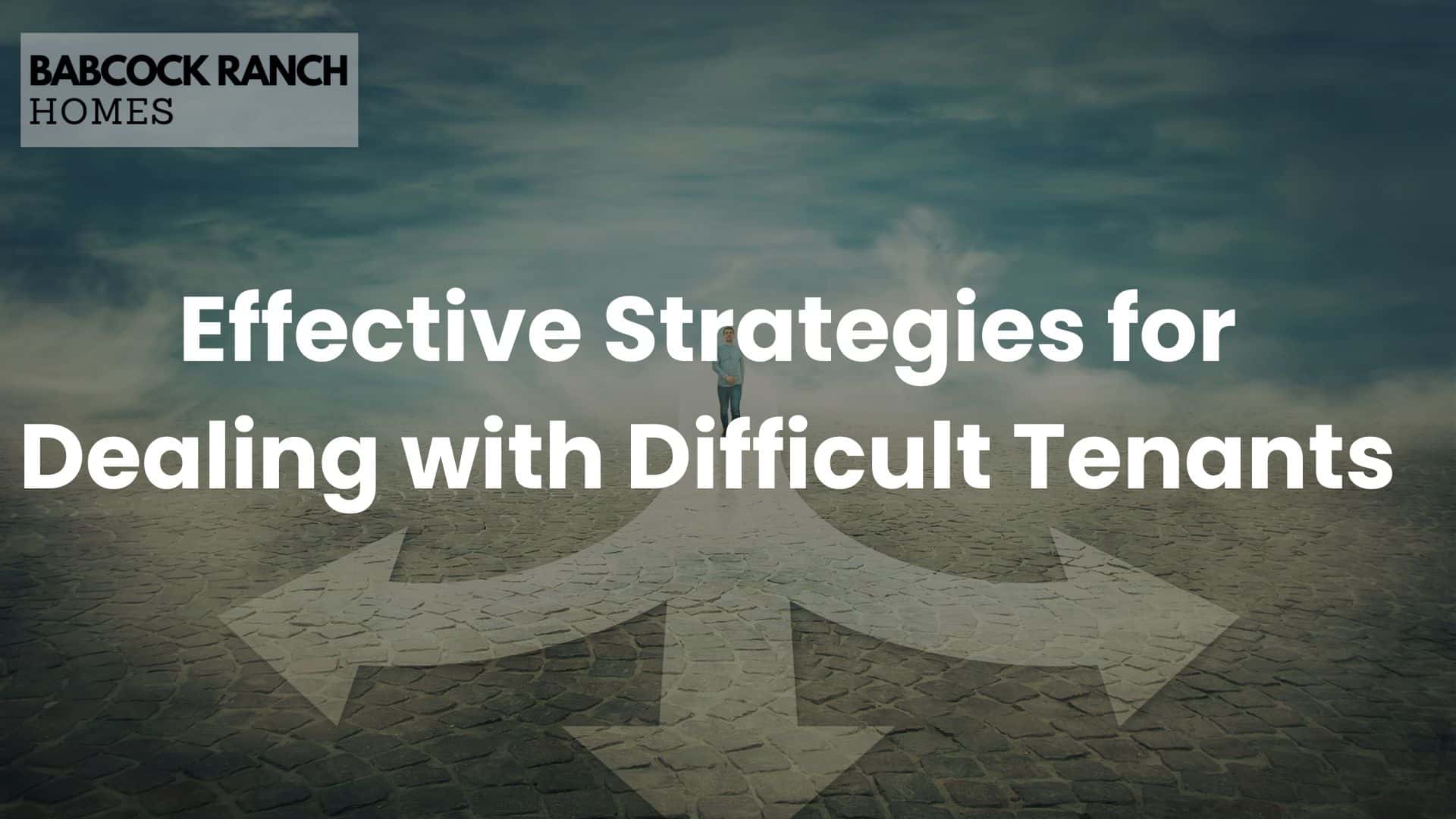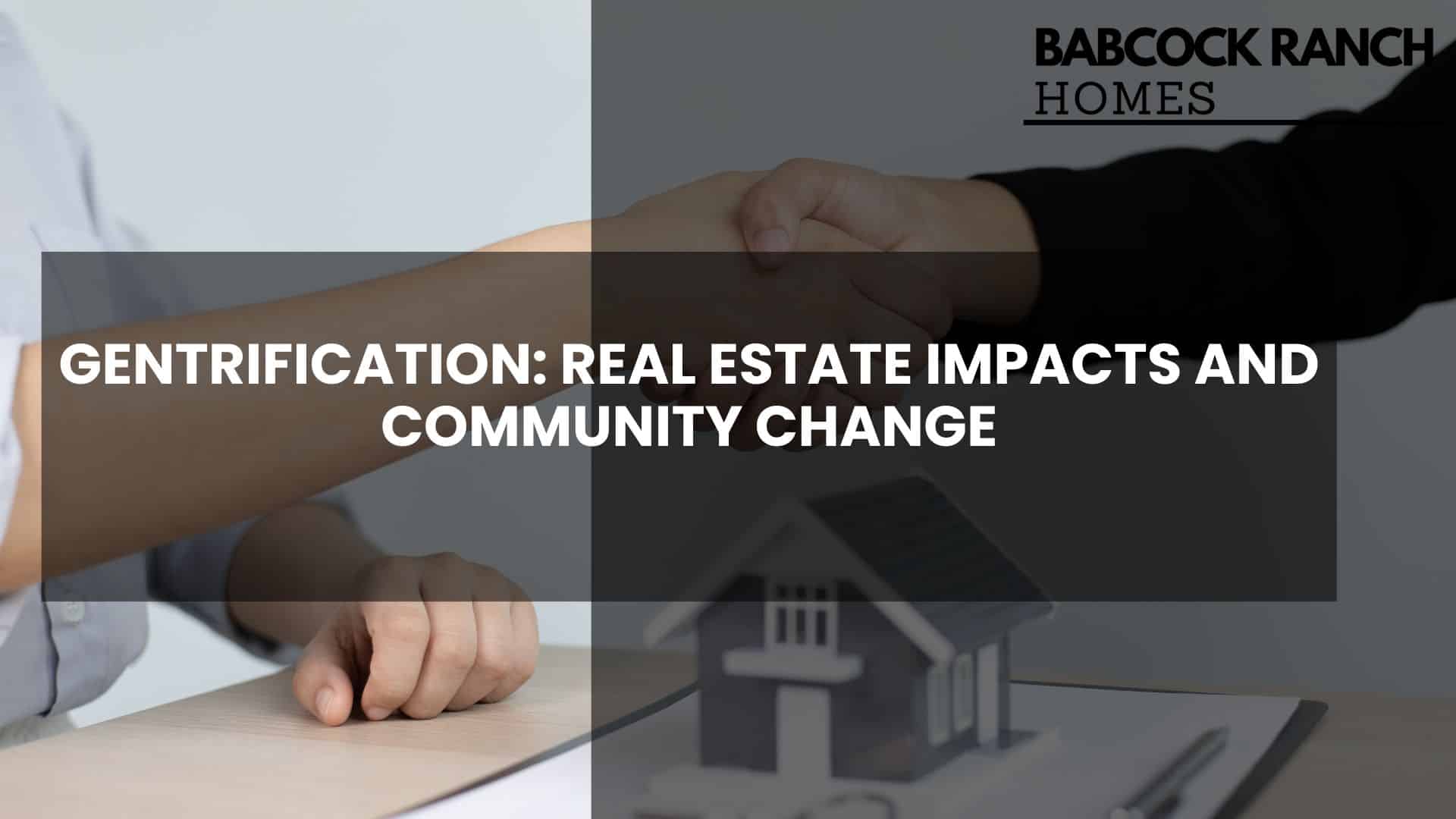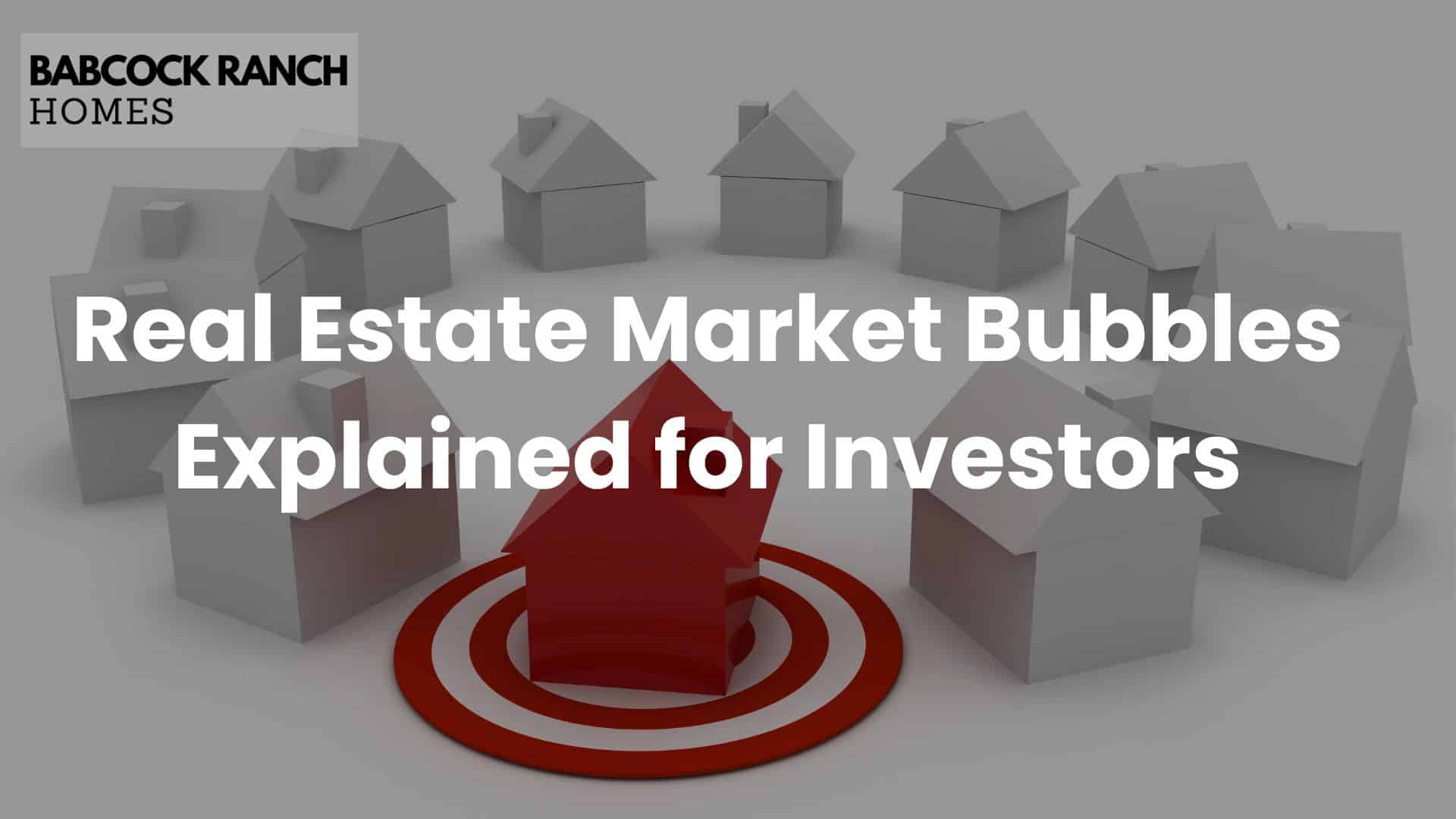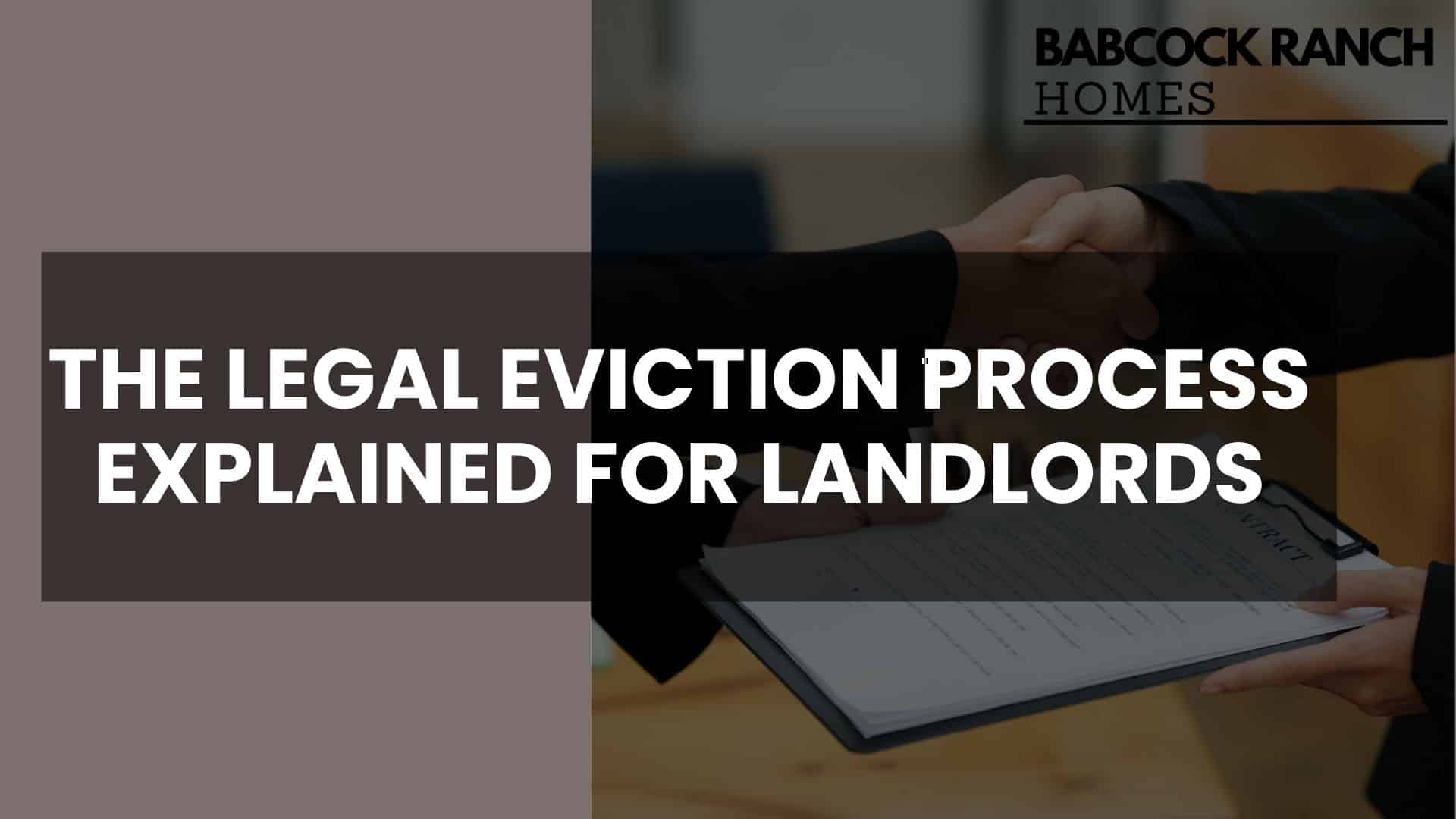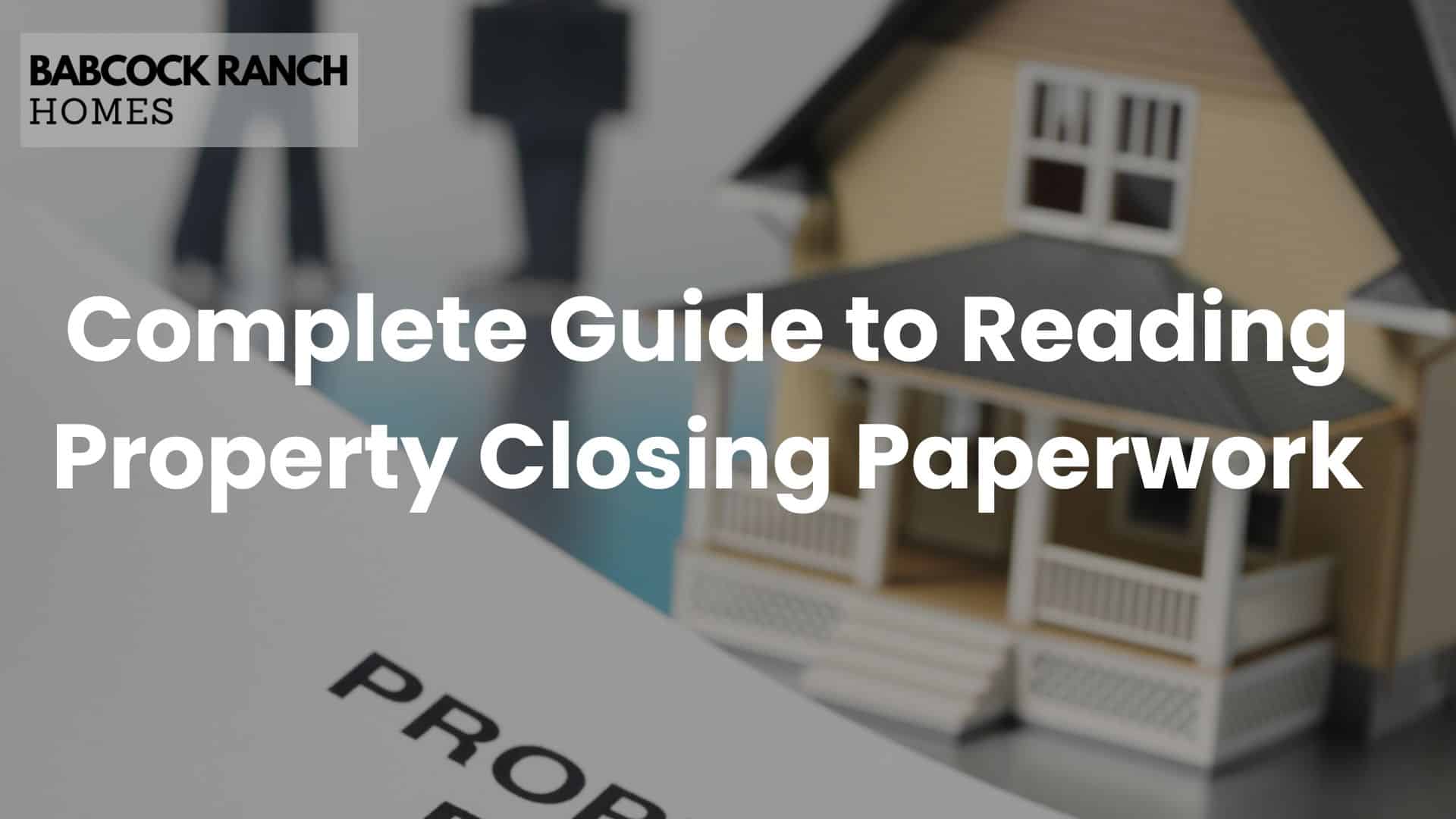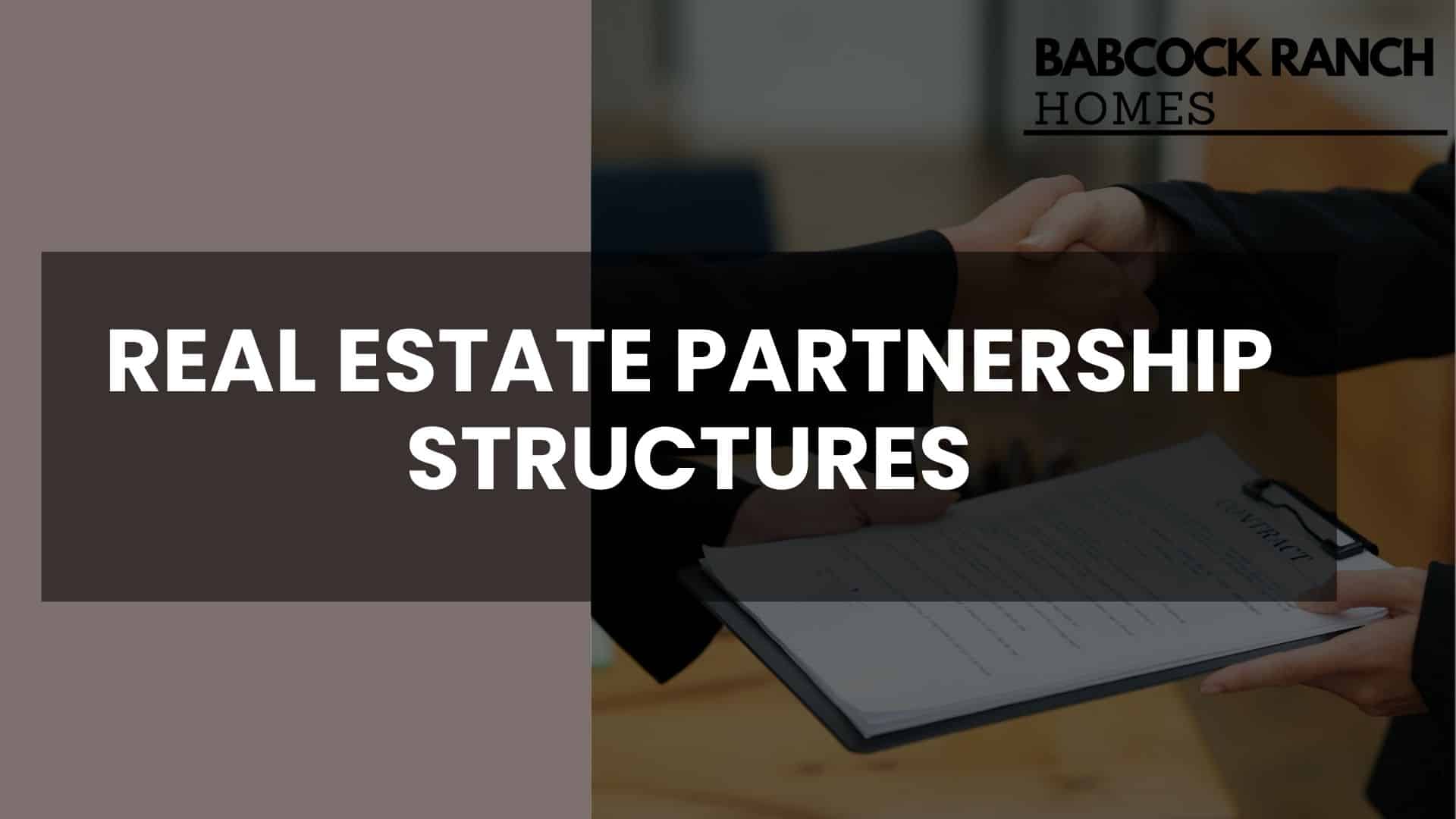Many dream of owning a home but worry about saving money. Bankrate’s 2025 Down Payment Survey found 20 percent of people think they’ll never save enough. Luckily, zero down payment mortgages can help you buy a house without any money down.
Babcock Ranch Homes knows how tough it can be for first-time buyers. Zero down payment mortgages offer a way to own a home without a big upfront cost. These loans can turn owning a home from a dream to a real possibility.
VA and USDA loans are great for certain groups. Veterans, active-duty military, and those buying in rural areas can get these loans. They make it easier to buy a home without any money down.
Key Takeaways
- Multiple zero down payment mortgage options exist
- VA and USDA loans offer no-money-down pathways
- First-time homebuyers have specialized financing programs
- Credit score and income requirements vary by loan type
- Professional guidance can help navigate mortgage options
Understanding Zero Down Payment Mortgages
Getting into home financing can be tough, but zero down payment mortgages offer a chance. They let people with little savings buy homes without the usual upfront costs.
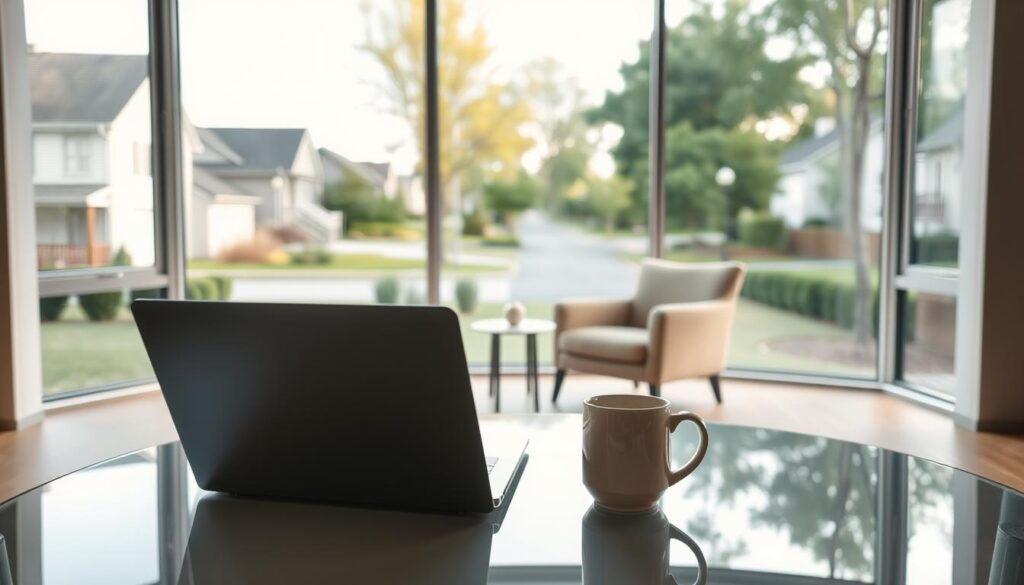
These loans let you buy a home without a big down payment. Unlike regular mortgages that need 3% to 3.5% down, these options help those with low incomes.
What Defines a Zero Down Payment Mortgage?
A zero down payment mortgage means you can borrow 100% of the home’s price. Agencies like the Department of Veterans Affairs (VA) and the U.S. Department of Agriculture (USDA) support these loans. This makes lenders less worried.
- Backed by federal agencies
- Finance entire home purchase
- Minimal upfront financial requirements
Benefits of No Money Down Home Loans
These mortgage options have big pluses for homebuyers:
- Get to own a home right away
- Keep your savings safe
- Jump into the real estate market fast
“Zero down payment mortgages can turn homeownership from a dream to reality.” – Real Estate Expert
Common Misconceptions About Zero Down Mortgages
Many people get zero down mortgages mixed up. Not all zero down mortgages are the same. Each has its own rules for who can get it. You might need a good credit score, enough income, and meet certain program rules.
These loans might have higher monthly payments and extra fees. Before choosing a zero down mortgage, think about your future finances carefully.
VA Loans: Military Service Members’ Path to Homeownership
Veterans and active military members can get affordable housing with VA loans. These loans are a great way to own a home without usual money problems.
VA loans give service members big advantages. They make buying a home easier. Some main benefits are:
- Zero down payment requirements
- No private mortgage insurance (PMI)
- Competitive interest rates
- Limited closing costs
To get a VA loan, you must meet certain service requirements. The time you served affects how long you need to have been active:
| Service Period | Minimum Service Requirement |
|---|---|
| August 2, 1990 – Present | 24 continuous months or 90 days if discharged for hardship |
| September 8, 1980 – August 1, 1990 | 24 continuous months or 181 days if discharged for hardship |
| National Guard (Current) | 90 days of active duty |
To get these housing deals, veterans need a Certificate of Eligibility (COE). This proves you’ve met the service needs and makes applying for a loan easier.
VA loans are more than just a financial deal. They’re a way to thank those who have served our country.
USDA Rural Development Home Loans
USDA Rural Development Home Loans help people buy homes in rural and suburban areas. They offer down payment help. This is a great chance for those looking for something different from traditional rent-to-own options.
The USDA loan program is great for those who can’t afford a big down payment. It’s for low to moderate-income buyers.
Loan Eligibility Requirements
- Minimum credit score of 640
- Primary residence only
- U.S. citizenship or permanent residency
- Consistent income documentation
Property Location Guidelines
USDA loans are for homes in rural and some suburban areas. You can check if your home qualifies on the USDA’s online map.
Income Limits and Restrictions
| Household Size | Maximum Annual Income |
|---|---|
| 1-4 people | $90,300 |
| 5-8 people | $119,200 |
To qualify, you must meet certain financial rules:
- Monthly mortgage payments should not exceed 29% of monthly income
- Total debt payments must remain under 41% of monthly income
- Household income cannot surpass 115% of the area’s median income
USDA loans offer zero down payment and competitive rates. They’re a good choice for rural homebuyers.
How to Buy a House with No Money Down
Buying a home without a down payment is now easier for many. New financing options have made it possible for more people to own a home. This is a big change from just a few years ago.
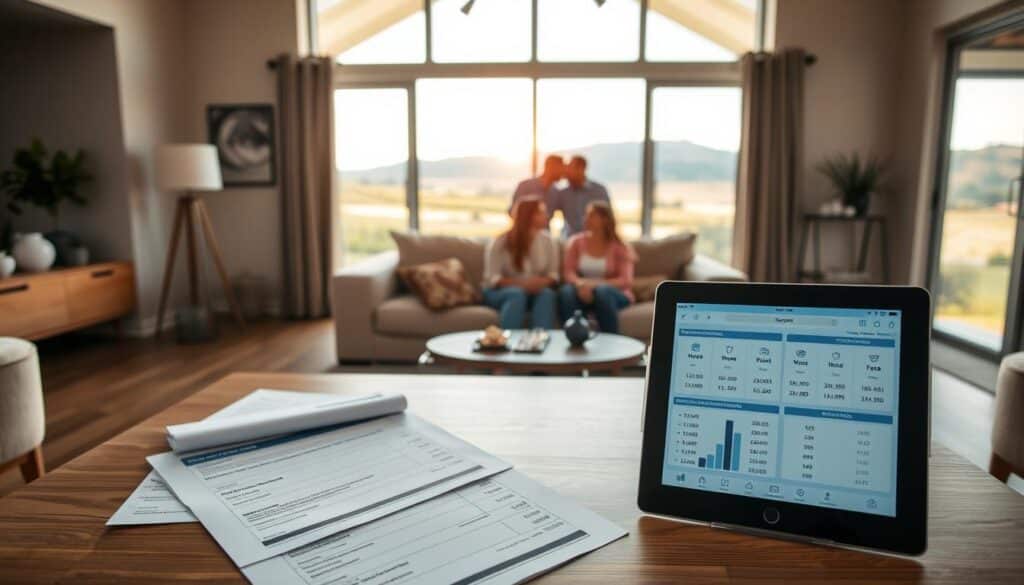
Today, there are government-backed and special loans that let you buy a home with no down payment. These options help many who thought owning a home was too expensive.
- VA Loans: Zero down payment for military service members
- USDA Rural Development Loans: 100% financing for rural properties
- Physician Loan Programs: Special financing for medical professionals
- First-Time Homebuyer Programs: Low or no down payment options
Learning about these financing options can help you understand how to buy a home. Each program has its own rules and costs.
| Loan Type | Down Payment | Credit Score Requirements |
|---|---|---|
| VA Loans | 0% | 580-640 |
| USDA Loans | 0% | 640 |
| FHA Loans | 3.5% | 580 |
It’s important to check your finances before looking for a no down payment mortgage. These options might need extra payments or have certain rules.
Homeownership is closer than you think with the right financing approach.
Before you decide on a no money down mortgage, talk to a financial advisor. They can give advice that fits your financial situation.
Doctor and Healthcare Professional Loan Programs
Healthcare professionals face unique financial challenges when buying a home. Zero down payment mortgages offer a powerful solution. They help doctors, nurses, and specialists find affordable housing.
Medical professionals get mortgage programs tailored to their careers. These loans are more flexible than regular mortgages. They help address the financial hurdles healthcare workers face.
Physician Loan Requirements
Physician mortgage loans offer big advantages for homeownership. Key requirements include:
- Credit score of around 700
- Debt-to-income ratio less than 45%
- Employment verification in medical field
- Completed or near-completion of medical training
Special Programs for Medical Residents
Medical residents can use special loan programs with great terms. Lenders like Truist and KeyBank offer amazing financing:
| Lender | Financing Options | Maximum Loan Amount |
|---|---|---|
| Truist | 0% down for $1 million | $1 million |
| UMB Bank | 100% financing for attending physicians | $1 million |
| U.S. Bank | 5% down for $1 million loans | $1 million |
Pro tip: Many physician loan programs don’t count student loans in debt-to-income ratios. This makes it easier for medical professionals to qualify.
These zero down payment mortgages give healthcare professionals a chance to buy homes with little upfront cost. By knowing these options, doctors can plan their home buying journey better.
First-Time Homebuyer Programs and Assistance
Getting your first home can be tough, but there’s help. Many programs are designed to make owning a home possible for everyone.
Low-income homeownership assistance is a big help. It offers financial aid to make buying a home easier. This aid includes:
- Cash grants up to $50,000 for down payments
- Closing cost assistance covering up to 100% of expenses
- Specialized mortgage options with minimal down payment requirements
Some top programs are:
- National Homebuyers Fund: Offers grants up to 5% of home purchase price
- Good Neighbor Next Door Program: Provides homes at 50% discount for teachers and first responders
- First-Time Homebuyer Act of 2024: Proposes a federal tax credit up to $15,000
To qualify, you need to meet certain criteria. This includes income limits, credit score, and being a first-time buyer. These programs help those with moderate incomes who find it hard to save for a home.
Homeownership is within reach for those who understand and leverage available assistance programs.
Looking into first-time home buyer programs and low-income assistance can help a lot. It makes buying a home more affordable and achievable.
Down Payment Assistance Programs (DPA)
Getting into homeownership can be tough, mainly because of the down payment. Luckily, many down payment assistance programs are here to help. They aim to remove financial hurdles and make owning a home possible.
In the U.S., over 2,000 programs offer help with down payments. These programs are key for those wanting to buy a home. They focus on different groups and tackle specific housing issues.
State-Specific DPA Options
Every state has its own down payment help, fitting their local housing needs. For instance:
- Illinois Housing Development Authority gives up to $10,000 to eligible buyers
- California’s MyHome Assistance Program offers a second mortgage up to 3% of the home’s value
- Alabama Housing Finance Authority gives up to 4% of the purchase price, up to $10,000
- Alaska Housing Finance Corporation offers grants of 3-4% of the loan amount
Grant Programs Available
Grant programs can be a big help for homebuyers. Some notable ones include:
- Fannie Mae’s HomeReady First program: $5,000 for down payment
- HFA Preferred Incentive Program: Up to 3% for closing costs
- Individual Development Accounts (IDAs) with financial training
Income-Based Assistance
Most programs have income limits. They usually help first-time buyers with incomes below the area median income (AMI). Buyers must also pass a home buyer course and have a good credit score, 620-640.
20% of aspiring homeowners think they’ll never save enough for a down payment. These programs are vital.
By looking into these down payment help programs, homebuyers can make their dreams come true. They can overcome financial hurdles and find affordable homes.
Creative Financing Strategies for Zero Down Purchases
Buying a home can be tough when you don’t have much money. Creative financing offers new ways to own a home without the usual hurdles.
Real estate pros have used creative financing for decades. Even when interest rates hit 18% in the late 1970s, they found ways to make it work.
- Seller Financing: Buyers can get homes from sellers with little money down.
- Lease Options: Rent payments can help build equity over time.
- Wholesaling: Investors can make money without a big upfront cost.
- Partnerships: Share costs and risks with seasoned investors.
About 30% of investors now use creative financing. It makes buying a home easier for those who are eager to own.
Some top creative financing strategies are:
- Cross-collateralization using existing property
- Hard money loans based on property value
- Crowdfunding real estate platforms
- Owner-financed property purchases
Investors can make 20% to 30% returns with these methods. It’s all about knowing the benefits and risks of each strategy.
Innovative financing isn’t about avoiding traditional methods, but opening up more real estate investment opportunities.
Understanding Seller Concessions and Credits
Buying a home can be tough, with lots of upfront costs. Seller concessions help make homes more affordable. They make it easier for people to buy homes.

Seller concessions are when the seller pays part of the closing costs. This can be a big help when buying a home. It’s a smart way to lower the costs of buying a home.
Negotiating with Sellers
Buyers can talk to sellers about concessions to lower costs. The talks depend on a few things:
- Current real estate market conditions
- Home’s total purchase price
- Type of mortgage being used
- Buyer’s financial situation
Maximum Allowable Concessions
Each loan type has its own limits for concessions:
| Loan Type | Maximum Concession |
|---|---|
| Conventional Loans | 3-9% depending on down payment |
| FHA Loans | Up to 6% |
| VA Loans | Up to 4% |
| USDA Loans | Up to 6% |
For instance, on a $300,000 home, a 3% concession is $9,000. This can greatly reduce the costs for the buyer. It makes owning a home more possible.
Sellers can offer concessions in different ways. They might cover closing costs, give home warranties, or help with repairs. Knowing how to save and negotiating well is key.
Gift Funds and Family Assistance Options
Getting help with low-income homeownership can be tough. But, gift funds are a big help for those who want to own a home. Family help offers a new way to get affordable housing, helping people get past money problems to own a home.
It’s important to know the rules about gift funds for homebuyers. Different loans have their own rules for accepting money gifts:
- Conventional loans allow gifts from family members including:
- Spouses
- Domestic partners
- Step-relatives
- Adopted family members
- FHA loans permit gifts from:
- Family members
- Close friends
- Employers
- Labor unions
- Charitable organizations
In 2024, 12% of homebuyers got down payment help from friends and family. The tax-free gift limit is now $18,000 for individuals and $36,000 for couples. This is a big help for those who want to buy a home.
When using gift funds, you need to have the right documents. Lenders usually ask for:
- A formal gift letter saying the money is a true gift
- Proof of the money transfer
- 60 days of bank statements
- Proof that the donor can give the gift
Looking into down payment help programs can also make housing more affordable. Nonprofits like the National Homebuyers Fund offer grants that don’t need to be paid back. This makes owning a home easier for those with low incomes.
Conventional Loan Alternatives with Low Down Payments
Looking for a home can be tough, but there are ways to make it easier. Conventional loan alternatives offer a chance to own a home with little money down.
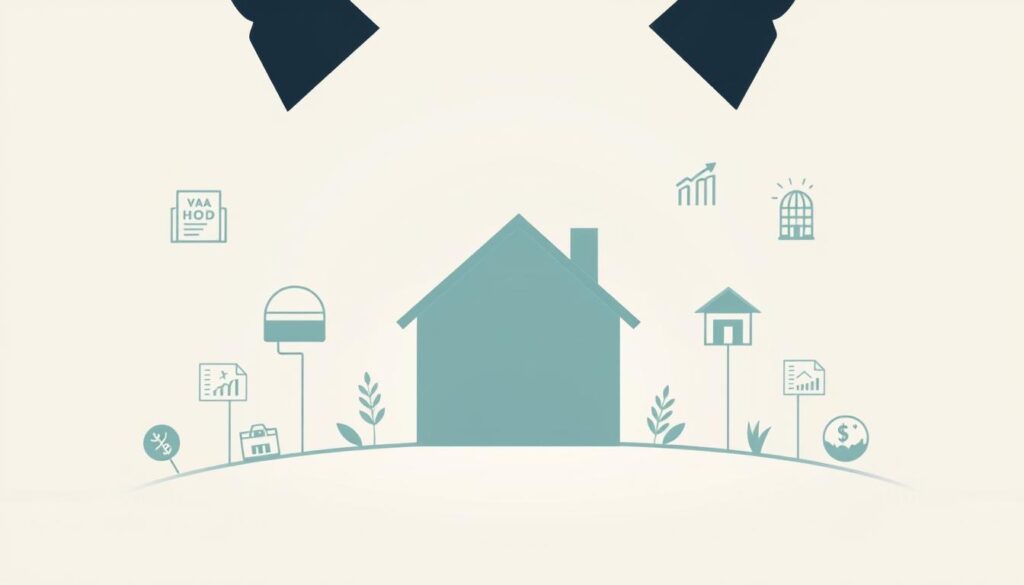
Many people find it hard to save for a big down payment. But, new loan programs are making it easier to buy a home.
Conventional 97 Program: A Gateway to Homeownership
The Conventional 97 loan program is a big help for those wanting to buy a home. It has some key benefits:
- Down payment as low as 3%
- Backed by Fannie Mae and Freddie Mac
- Competitive interest rates
- Designed for first-time home buyers
HomeReady and Home Possible Loans: Expanding Opportunities
These programs offer flexible options for those with less money:
- HomeReady Loans:
- Minimum down payment of 3%
- Flexible income sources accepted
- Lower private mortgage insurance rates
- Home Possible Loans:
- 3% down payment option
- Reduced mortgage insurance costs
- Accommodates diverse income types
Recent data shows over 50% of people can’t buy a home because of down payments.
These loan options show how the housing market is changing. They help more people buy homes, making it easier to achieve the dream of homeownership.
Working with Mortgage Lenders

Finding the right mortgage lender is key for zero down payment mortgages. A lender who knows creative financing can help a lot. This makes buying a home easier.
When looking for a lender, think about these things:
- Experience with zero down payment mortgages
- Competitive interest rates
- Quick pre-approval processes
- Expertise in creative financing strategies
- Transparent communication
Credit scores are very important for getting a mortgage. Lenders want scores between 620 to 850. A better score can get you better loan terms and more zero down payment options.
| Lender | Zero Down Options | Minimum Credit Score |
|---|---|---|
| Navy Federal Credit Union | VA Loans (0% Down) | 620+ |
| PNC Bank | USDA Loans (0% Down) | 640+ |
| Guild Mortgage | Combined FHA Loan | 580+ |
It’s smart to compare different lenders. Look at more than just interest rates. Ask about their creative financing strategies and loan terms.
Pro tip: Get pre-approved before house hunting to strengthen your negotiating position.
Your debt-to-income ratio is very important. Try to keep your total debt payments under 45% of your income. Lenders use this to see if you can handle a zero down payment mortgage.
Credit Score Requirements and Financial Preparation
Understanding credit score needs is key for low-income homeownership help. First-time buyers need to meet certain credit standards. These show they can handle financial responsibilities.
Credit scores are very important for getting a mortgage. Most lenders want a score of at least 640. But, different loans have their own score needs:
- Conventional loans: Minimum 620 credit score
- FHA loans: 580 for 3.5% down payment
- VA loans: Recommended 620 minimum
- USDA loans: Preferred 640 for streamlined analysis
For first-time buyers, knowing about credit is very important. Lenders look at several financial factors:
| Credit Score Range | Loan Potencial | Recommended Action |
|---|---|---|
| 500-579 | Limited Options | Credit Repair Needed |
| 580-639 | FHA Loans | Higher Down Payment |
| 640-679 | Multiple Loan Programs | Good Financing Potencial |
| 680+ | Best Loan Terms | Optimal Borrowing Conditions |
Pro tip for low-income homeownership assistance seekers: Boost your credit score by paying bills on time and reducing debt. Avoid new credit checks before applying for a mortgage.
Getting ready to buy a home is more than just credit scores. Lenders check your debt-to-income ratio, job stability, and overall financial health. Saving for closing costs, keeping a steady job, and managing debts can help a lot.
Co-Borrowing and Shared Ownership Strategies
Looking into creative ways to buy a home can help those who find it hard to meet down payment needs. Options like co-borrowing offer new paths for those facing financial hurdles.
Co-borrowing lets people pool their money to buy a home together. This way, they can handle less financial stress and buy more.
Partnership Agreements: Key Considerations
For co-ownership to work, clear talks and solid legal papers are key. Co-borrowers need to cover a few important points:
- Define each partner’s financial contributions
- Establish ownership percentages
- Create exit strategies
- Outline maintenance responsibilities
Rights and Responsibilities
There are different loan options for co-borrowing:
- Conventional loans allow up to four co-borrowers
- Freddie Mac permits five co-borrowers
- Manually underwritten loans have no specific co-borrower limit
“Shared ownership can transform homeownership from an impossible dream to an achievable reality.” – Real Estate Expert
Before co-borrowing, it’s important to check if you and your partners are financially compatible. You also need to make sure you can communicate well and share long-term goals.
Conclusion
Learning how to buy a house with no money down is a big step. It needs careful planning and smart choices. You must know about different loan programs and get ready financially.
Affordable homes are possible with special loans like VA and USDA. These loans have their own rules but can help you skip the down payment. They make owning a home more accessible.
Babcock Ranch Homes is here to help you achieve your dream of owning a home. Our team can guide you through zero-down-payment options. Call us at 518-569-7173 in Babcock Ranch, Florida, to start your journey.
Even with no-money-down options, being financially smart is key. Save for emergencies, think about your future money needs, and get advice from experts. They can tailor advice for your path to homeownership.

